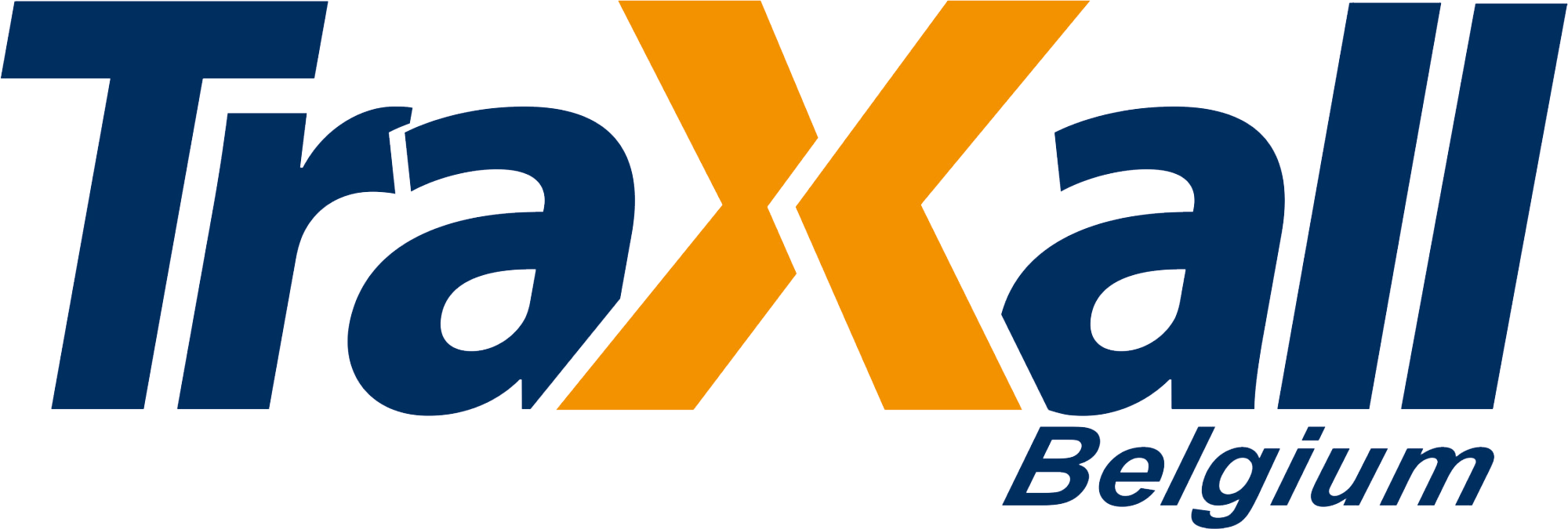Mobility has long been a hot topic for companies. Nevertheless, it has recently made a shift and is increasingly synonymous with flexibility. Fleet managers of large companies are seeing their role change. Their core business has expanded and they now have to take more and more account of different transport options and at the same time get a grip on new mobility technology.
Even though we at TraXall Belgium do not believe in a “one fits all” approach, here we give 4 important steps for a successful fleet mobility management that every large company should take into account.
#1 Draw up a mobility policy
If you do not yet have a mobility policy, then it would be wise to do so now. First look at the options to reduce costs and emissions without sacrificing efficiency and productivity. It may also be worth asking employees how they currently come to work and what means of transport they would use in ideal circumstances.
If you already have a mobility plan but would like to adapt it as an employer, it is important to inform employees from the start so that they understand what is possible for them and why the way they travel for work is changing. For example, a company that wants to use mobility to reduce its carbon footprint needs to put a lot of effort into internal communication to promote the benefits of sustainable transport such as carpooling and city bikes.
In addition, as a company you can reduce costs by imposing budget restrictions in the mobility plan or by asking employees to plan their journeys as much as possible in order to avoid the costs of last-minute trips.
EXTRA TIP: Use a decision tree and a specific questionnaire to create individual profiles so that employees can make the right decision regarding fleet and mobility needs.
#2 Provide alternative means of transport for employees with the support of a mobility budget
A successful mobility plan focuses not only on company cars but above all on how employees move from A to B in the most cost-effective, efficient and green way. If an employee mainly travels in busy cities, then a company car is not practical due to traffic jams and the lack of parking spaces. Public transport or cycling would then be a better option.
Moreover, employees themselves are increasingly asking for more sustainable alternatives, especially the younger generations. They are certainly questioning the use of a company car with the arrival of services such as Uber.
#3 Switch on cost management systems
To keep the cost of your mobility plan under control and to have a good overview of the TCM (total cost of mobility), as a company you can provide mobility cards. This is a good way to allocate each employee a budget per month to choose the most suitable means of transport for his or her needs. If this method is also linked to a broader system, then as an employer you have everything you need to manage the entire cost. In this way, you can also draw up a benchmark against predetermined KPIs.
#4 Give directors access to technology
We already carry technology in our back pocket. So why not use employees’ smartphones even more to achieve your company’s mobility goals? From requesting a taxi ride, finding the location of an electric scooter to searching for charging points for electric cars and determining the quickest route using real-time apps. These are all services that employees can easily call in via their smartphone to quickly determine their journeys and means of transport themselves. TraXall integrates such data from different suppliers so that companies have consolidated reporting for accounting and HR purposes.
Your partner in fleet management and mobility
At TraXall Belgium we have the right experts in-house to guide your company through the complex challenges of today and tomorrow within the fleet and mobility market. We would like to share with you our unique approach tailored to the objectives and DNA of your business.
Do not hesitate to contact us. Send an e-mail to info@traxall.be or make an appointment with our sales manager Farrah Pedrido.

